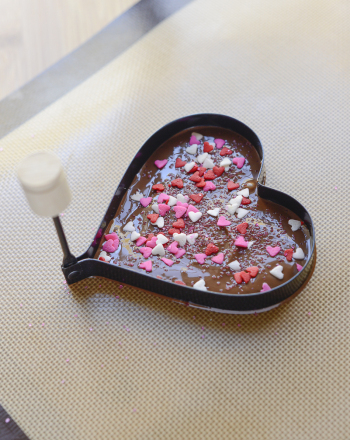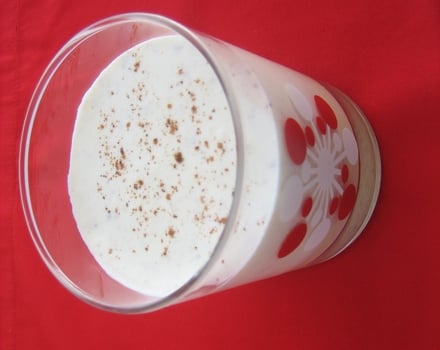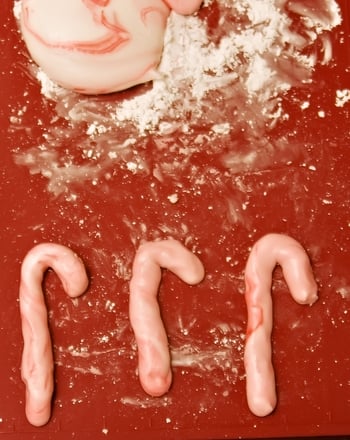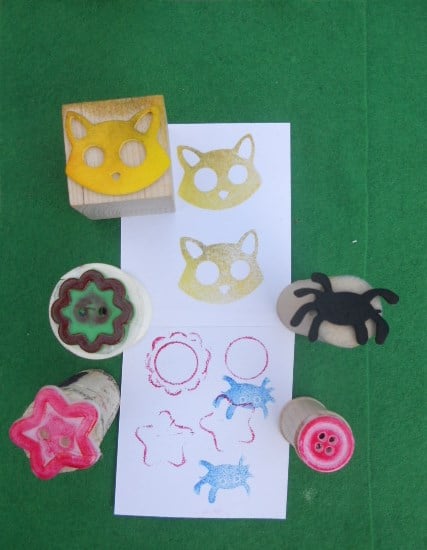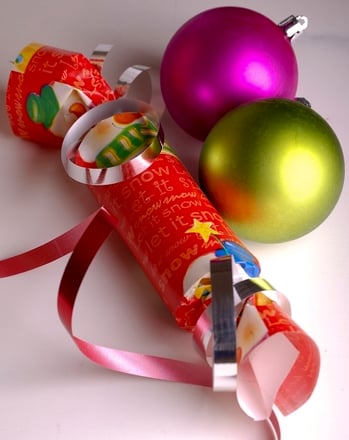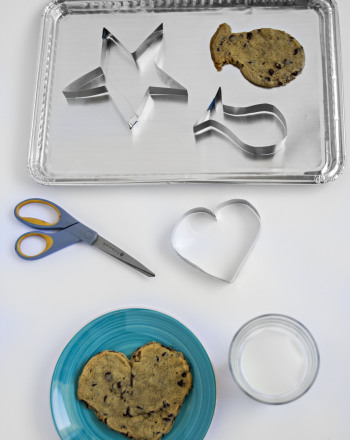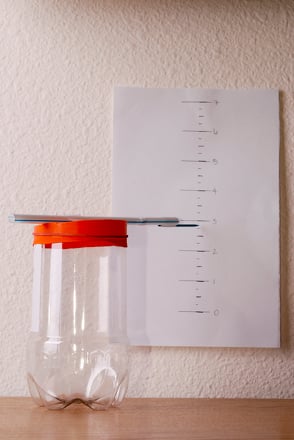Science project
Homemade Electroscope
Have you ever tried to shut the car door on a warm, dry day and experienced a small shock of electricity? How about rubbing your shoes along a carpeted floor to shock your friends or family members? Have you made your hair stand up by rubbing it with a balloon?
You’re able to do all of these things because of static electricity—a build-up of an electric charge on a surface. Static electricity can be caused by bringing two materials together or separating them. The shock released when the charged surface touches something else is caused by electrons leaping across to the surface without a charge. Let's learn how to build a homemade electroscope so that we can see this in action!
Problem
How do we build an electroscope (a device that can detect electrical charges)?
Materials
- Clear glass jar
- Jar lid or piece of plastic large enough to cover the opening of the jar
- Electrical tape
- Copper wire, 14g or thicker
- Straw
- Scissors
- Glue gun
- Aluminum foil or gold leaf
- Vinyl record
- Rubber soled shoe
- Carpet
- Balloon
- Any other material you want to test!

Procedure:
- Perform this experiment on a dry day! The experiment might not work if it is humid or raining. Why do you think this is important?
- Use the scissors to cut a two-inch long piece of straw.
- Have an adult punch a hole through the center of the jar lid or piece of plastic big enough to fit the straw through.
- Insert the straw into the hole for your lid. Hot glue the straw so it is securely fastened to the lid.
- Cut a 10-inch piece of copper wire.
- Twist the top 4 inches into a circle or spiral to create some surface area. If we’re trying to test the presence of an electric charge, why do you think having a larger surface area better? Why is thicker wire better?
- Insert the straight end of the wire through the straw and create a hook about 1 inch long.
- Hang two small pieces of foil or gold leaf on the hook. Make sure they are in contact. Why do you think we’re using two pieces of metal as opposed to one? What do you think the two pieces of metal are there to do?
- Place the hooked end of the metal into the jar and twist on or tape the lid to the jar.
- Now it’s time to give our materials a static charge! Rub each of your materials vigorously with your hand or a piece of wool. Can you explain how this helps give each object an electric charge?
- After you give each of your objects a charge, bring each object near the coiled wire on your electroscope. Be sure to record your observations!
Extra:
- Try rubbing the balloon on your hair.
- Try rubbing your shoes on the carpet and then bring the electroscope close to the sole of your shoe.
- Rub the vinyl with your hands.
Results
The materials with the greatest ability to hold charge will cause the pieces of foil in the electroscope to move the most.
Why?
We made sure to perform this experiment on a dry day because dry days tend to produce much better results. Excess moisture in the air will prevent a charge from building up because electricity is able to escape into humid air, or air that has a lot of water vapor in it.
Let’s think about why we constructed our electroscope the way we did. We’ll start with why we coiled the copper wire: we did this because we wanted to create a lot of surface area for electrostatic induction—the transfer of electrons from one surface to another without touching. The more area there is for electrons from our object to enter the wire, the faster energy will flow down into our electroscope. This is also why thicker wire is better: the bigger the radius of the wire, the more room electrons have to move.
It is necessary to have two pieces of foil or gold leaf touching so that they can repel each other when the electrons flow into them. Negative charges repel each other, so there must be two negatively charged pieces of foil for us to be able to visualize what is happening! Of course, electron transfer is still happening if there is one piece of metal, but we can’t see the particles themselves—we need to be able to see something that they do.
Electrons are transferred from one surface to another by physical contact, which is why it is important to rub the test materials with your hand or a piece of wool. By rubbing vigorously, you are transferring electrons from your hand or wool to the material you’re testing. Your hand and the wool become positively charged, while the test material becomes negatively charged. The electrons, which are negatively charged, can then travel through the copper wire of the electroscope down to the pieces of foil, which both become negatively charged. These negative charges push against each other, causing the pieces of foil to repel. Remember, while opposites attract, a negative-negative or positive-positive combinations of charges always repel!
Education.com provides the Science Fair Project Ideas for informational purposes only. Education.com does not make any guarantee or representation regarding the Science Fair Project Ideas and is not responsible or liable for any loss or damage, directly or indirectly, caused by your use of such information. By accessing the Science Fair Project Ideas, you waive and renounce any claims against Education.com that arise thereof. In addition, your access to Education.com's website and Science Fair Project Ideas is covered by Education.com's Privacy Policy and site Terms of Use, which include limitations on Education.com's liability.
Warning is hereby given that not all Project Ideas are appropriate for all individuals or in all circumstances. Implementation of any Science Project Idea should be undertaken only in appropriate settings and with appropriate parental or other supervision. Reading and following the safety precautions of all materials used in a project is the sole responsibility of each individual. For further information, consult your state's handbook of Science Safety.

